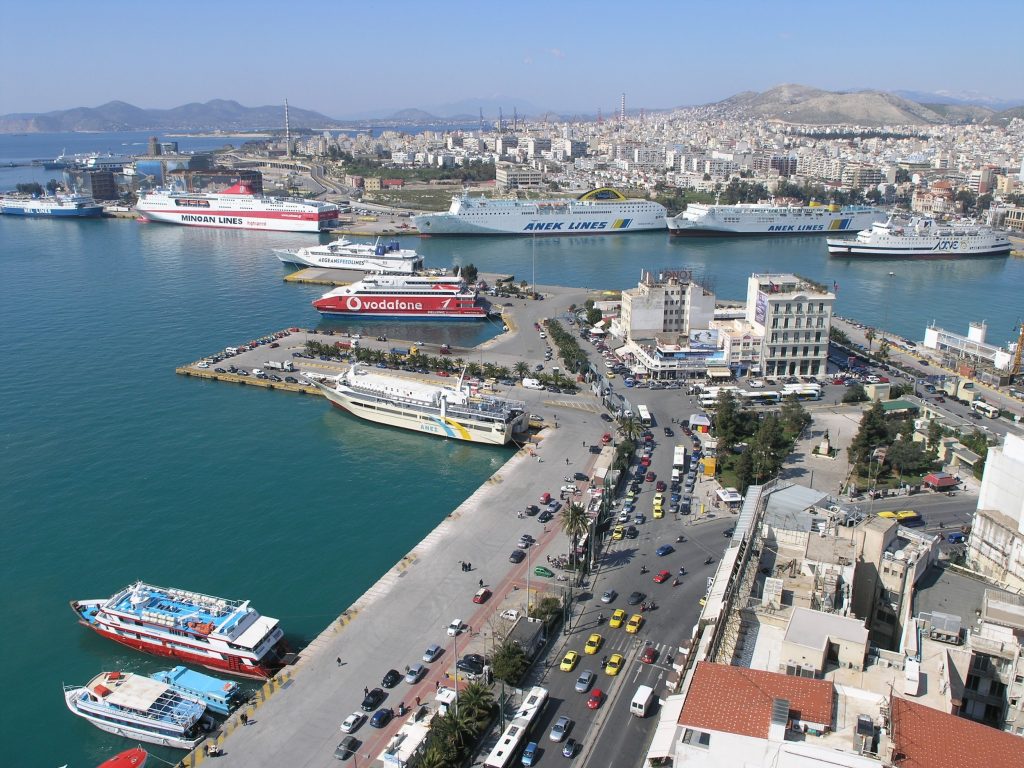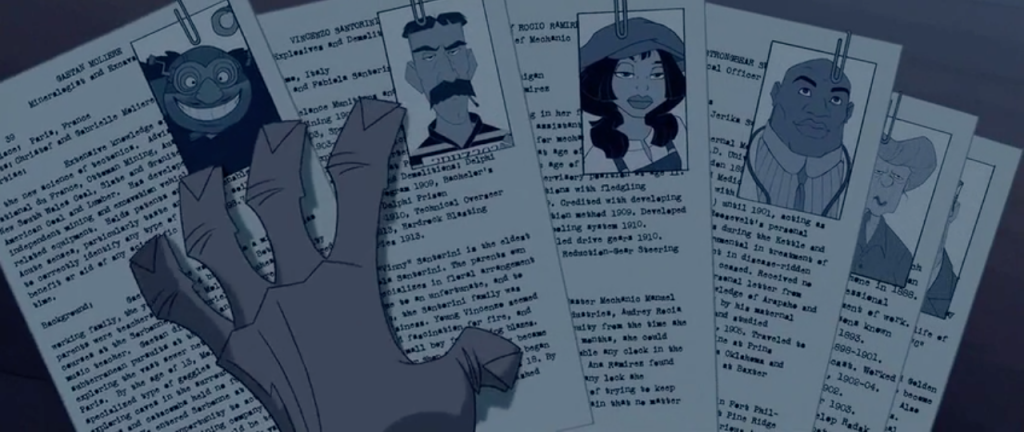InTrans / Sep 28, 2016
STEM on: Port engineer
Go! Magazine
 posted on September 28, 2016
posted on September 28, 2016
When you envision scientists, engineers, and inventors, what do you see?
Picture this: You hear seabirds call to one another as you look out over the shoreline. This is your office. This is the life of a port engineer!
Let’s start simple: What’s a port? Why does it need an engineer? A port is “a location on a coast or shore containing one or more harbors where ships can dock and transfer people or cargo from land.” Ports are the main point of contact between ships and the land.
Whether you’re aware of it or not, these ports have a huge impact on your life, as they serve as a vital entry point for imported goods and resources. That’s why it’s important to have engineers trained specifically for working with these ports—working to develop and maintain them.
Port engineering: The basics
So, how do we define port engineer?
A port engineer, or harbor engineer, is a type of transportation engineer. In general, transportation engineers are responsible for the planning, design, and construction of things like roadways, railways, and ports.
As a transportation engineer, a port engineer falls under the domain of the civil engineer. The median annual wage for civil engineers is $82,220 as of May 2015, and there’s an expected 8 percent job growth for civil engineers between the years 2014 and 2024.
They say that to be a “competitive candidate” for port engineering jobs, it’s best to have an undergraduate degree in civil engineering at the very least. Further training related to port engineering is encouraged, as it can lead to potential job prospects.
And as we saw with roller coaster engineering, industry and leadership certifications are a plus!
Port engineering: On the job
Let’s take a closer look at what your duties would be as a port engineer.
As a port engineer, you’re there to provide engineering support in a port setting. You’re in charge of engineering tasks and managing a group of port specialists, along with identifying engineering flaws and striving to get them fixed in a timely manner. As a port engineer, it’s important you follow specific maritime protocols.

The good news is that working on the water is an essential part of a port engineer’s job, as one needs to regularly take measurements; assess port, harbor, and canal structures; and perform general maintenance. Port engineers work in a port environment, close to vessels, boats, and other port equipment. So say goodbye to the office and hello to the seaside!
Port engineering: The lost city of Atlantis
So, what would it be like to work with (or on) a boat?
We now know that port engineers need to work directly with the environment, but just how directly could that be? Let’s take a look at an example.
For this example, we’re traveling to Atlantis: The Lost Empire, which also happens to be the name of the film we’re looking at about port engineering, which was made in 2001 and directed by Gary Trousdale and Kirk Wise.

The story follows a young adventurer named Milo Thatch who joins a crew of explorers to help them find the “mysterious lost continent” called Atlantis. The island, originally mentioned in the works of Plato, is a fictional place kept hidden underwater in the depths of the ocean.
The story features a group of explorers—made up of engineers, geologists, and others. The success of their journey depends upon whether or not they can safely navigate the deep sea to reach the lost city. There are many twists and turns in their journey and the crew is lucky to have engineers aboard the ship, who fight to keep the ship intact.

Some of the other transportation in the movie is interesting to note, too, as the animated film takes place in the year 1914. If you can recall from Four Wheels: A history, Henry Ford introduced belt-based assembly lines from 1913 to 1914, and cars became more and more common thereafter. The film does a great job of displaying this turn-of-the-century technology!
Related links
Port engineer payscale: http://www.payscale.com/research/US/Job=Port_Engineer/Salary
Atlantis IMDb: http://www.imdb.com/title/tt0230011/?ref_=nv_sr_3
Atlantis (2001) movie trailer: https://www.youtube.com/watch?v=pZXNBq1AOoc
References
http://www.bls.gov/ooh/architecture-and-engineering/civil-engineers.htm
http://work.chron.com/careers-transportation-engineering-1572.html
http://www.wisegeek.com/what-does-a-port-engineer-do.htm
By Hannah Postlethwait, Go! Staff Writer